Last Updated on 18.09.2024 by hrushetskyy
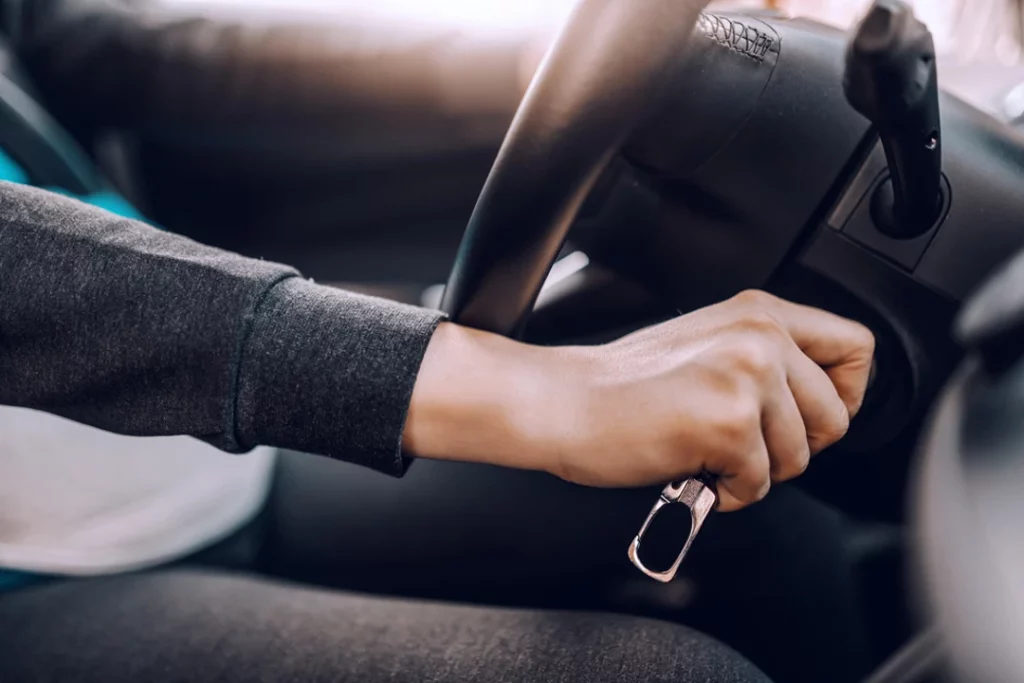
Have you been hearing odd noises when starting your car, or is it taking a while to start? These could be signs of a bad starter motor. Your car’s starter motor is crucial for getting your car engine up and running, so if it stops working, it can leave you stranded. Let’s break down the key signs of a bad starter, what causes starter issues, and what you can do about it.
Signs of a bad starter motor
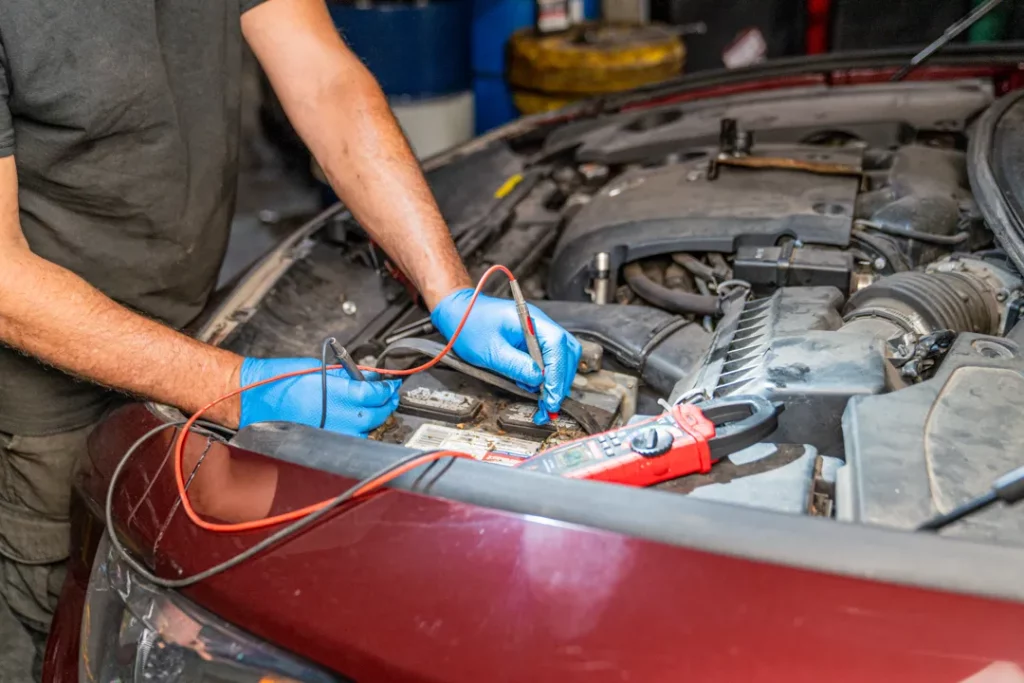
Recognizing the signs of a bad starter motor early on can save you a lot of time and trouble. Here are some common bad starter symptoms to look out for.
Unusual noises
When you turn the key, listen for any strange sounds. Grinding noises, like metal chewing on metal, often indicate that the starter’s gears aren’t engaging properly with the flywheel. A single, loud click usually indicates a faulty starter solenoid responsible for engaging the starter.
Slow cranking
Your engine should crank briskly when you start your car. If it’s slow or sluggish, the starter might be struggling. Check the voltage—a healthy starter should receive at least 9.6 volts while cranking. If it’s getting enough power but still cranks slowly, you might have a dirty ground connection or internal wear.
Intermittent starting issues
Sometimes, your car starts fine; other times, it doesn’t respond at all. This kind of inconsistency often points to a failing starter. Your vehicle’s electrical system could be the culprit, or it could be an early sign of a starter solenoid that’s on its last legs. Using a voltmeter to check the voltage when the car won’t start can help identify the problem.
Lights but no engine
If you drive an older car and you turn your key, your dashboard lights up, but your engine doesn’t turn over, this is likely a starter problem, not a bad battery.
However, this isn’t always the case with newer cars, which may have a battery protection circuit. This is designed to protect the battery from fully discharging, which can damage your battery. In this case, your car’s interior lights and dashboard may still work, but your starter may be blocked as it takes too much power. In this case, it’s important to check that your battery is in good working order before checking your starter.
Causes of a bad car starter
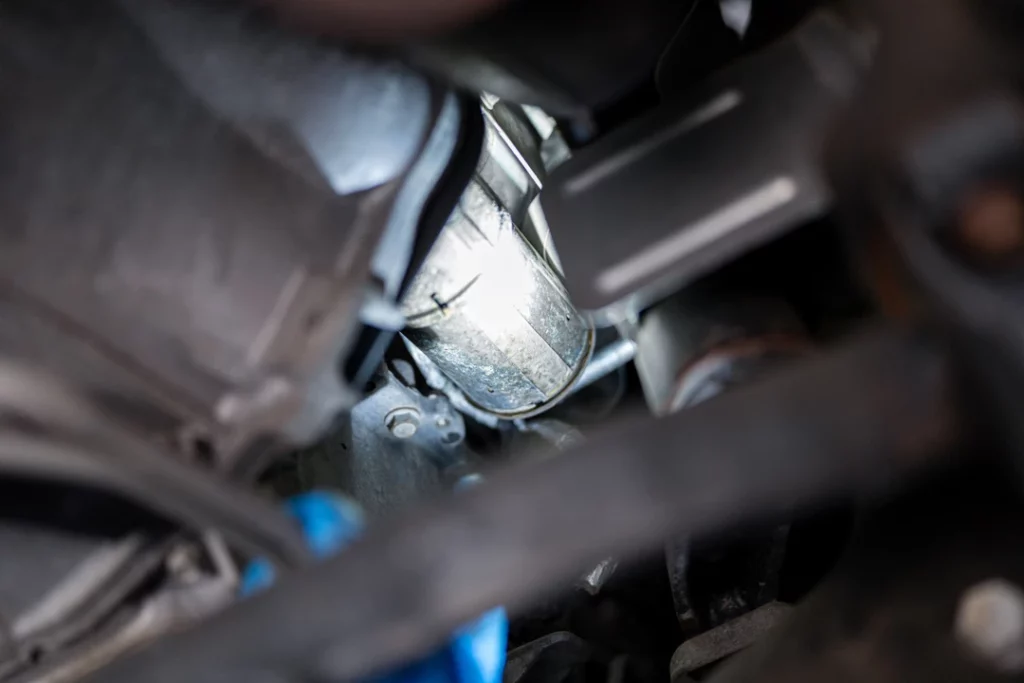
Understanding what causes starter issues can help you prevent them in the future. Here are some common causes of starter problems:
Wear and tear
Like any mechanical component, starters wear out over time. The starter gear, bushings, and electrical components inside the starter can degrade, leading to performance issues.
Electrical problems
Faulty wiring or connections in your car’s electrical system can cause a starter to fail. Corrosion, loose connections, or damaged wires can disrupt the flow of electricity necessary for the starter to function.
Starter relay issues
A properly working starter relay is an essential part of your starter system. It sits between your starter motor and the car battery. If your relay isn’t working, your starter motor won’t be getting any electrical power, so it simply won’t work.
Faulty solenoid
The solenoid is crucial for engaging the starter motor. If it’s failing, the starter won’t turn the engine over. This can be due to electrical current issues or the solenoid’s magnetic field.
Battery issues
While the starter itself is not a problem, a weak or dead battery can prevent it from functioning properly. Make sure your battery is in good condition and fully charged.
What to do about a bad starter
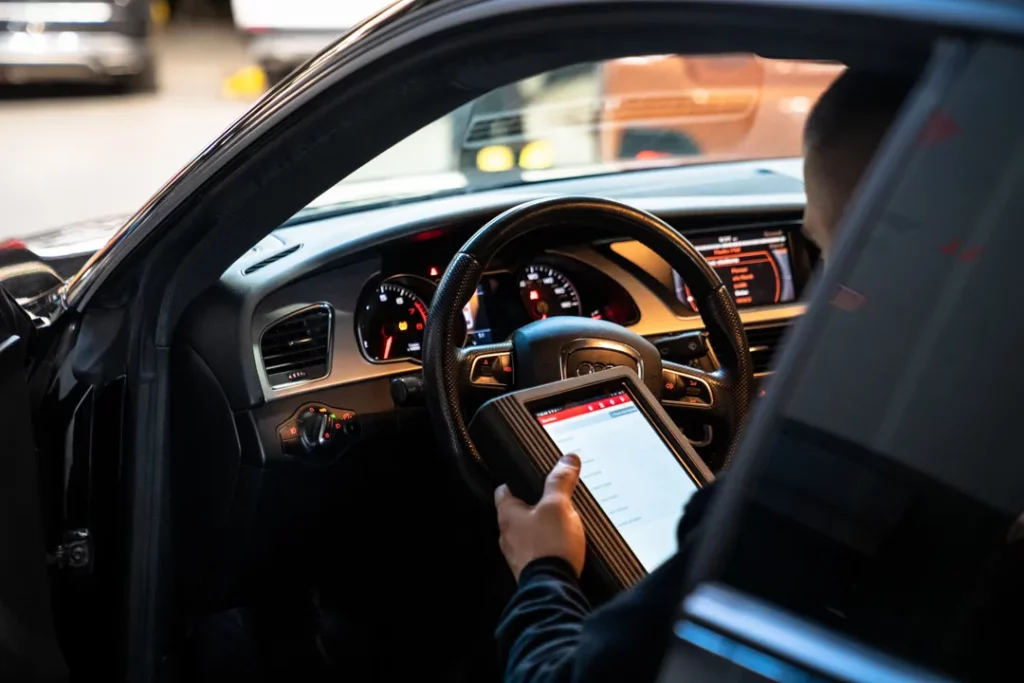
If you suspect your starter is bad, here are some steps you or your mechanic can take. Please note that some of these steps will require professional equipment, so going to your local mechanic might be the quickest and easiest way to solve the problem:
Perform a free-speed (no-load) test
This test involves running the starter motor without connecting it to the engine. By measuring the current draw and speed, you can determine if it’s working correctly. A healthy starter usually draws between 60 and 80 amps when not loaded. If the current is off, it could indicate mechanical wear or electrical issues.
Conduct a cranking voltage test
Make sure your starter is getting the right amount of power by performing a cranking voltage test. Your starter needs at least 9.6 volts to crank properly. If it’s not getting enough voltage, or the cranking is weak despite sufficient voltage, further tests are needed to check for issues within the starter circuit or the engine.
Inspect the starter drive and flywheel ring gear
Check for wear and tear on the starter drive and flywheel ring gear. These gears need to mesh perfectly for the starter to turn the engine efficiently. If you see signs of wear, consider replacements to avoid misalignment and significant starting issues.
To get to the crown of the flywheel, you should remove the hatch where the engine and transmission meet—the hatch will be made of either plastic or metal. You might need to jack up your car to find it, as it’s often located under your car. Remember to be safe and put something under the power elements.
Check safety switches
Safety switches, like the neutral safety switch or clutch safety switch, are there to make sure your car only starts when it’s supposed to (not when the clutch is up or you’re in gear). Make sure these switches are functioning correctly.
Look for diagnostic trouble codes (DTCs)
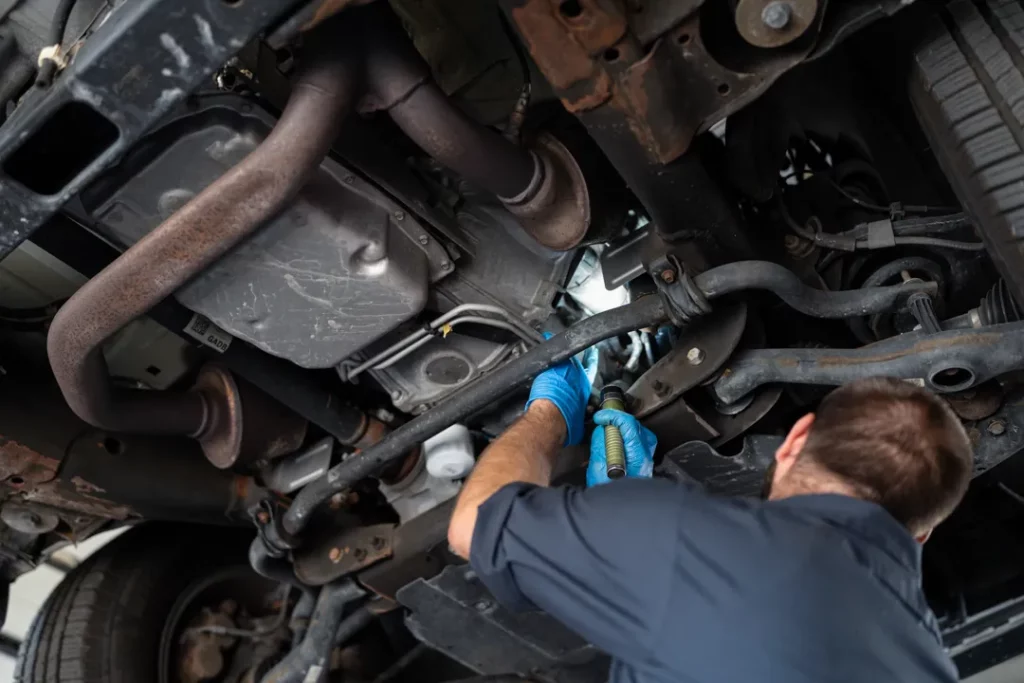
Use a diagnostic tool to check for trouble codes. These codes can provide clues about what’s wrong with your starter or other related systems. Scanning for DTCs can save you time and effort by pointing you in the right direction.
Consult a professional
If you’ve gone through these steps and still have issues, it’s time to consult a professional mechanic. They have the tools and expertise to diagnose and fix more complex problems.
By paying attention to the signs, understanding the causes, and taking the right steps, you can keep your starter and your car in good working order.
Frequently Asked Questions
How do you know if you have a bad starter?
You know you have a bad starter when your car won’t start, you hear a clicking noise when you turn the key, or if the engine cranks very slowly. Other signs include unusual grinding noises or intermittent starting issues where sometimes your car starts fine and doesn’t respond at all other times. Visiting your mechanic can quickly diagnose the issue and get you back on the road.
What happens to a car when the starter goes out?
When the starter goes out, your car simply won’t start. You’ll likely hear a clicking noise when you turn the key, or sometimes nothing at all. The engine won’t crank, meaning it won’t turn over and start running. In some cases, you might also hear grinding noises or experience intermittent starting problems where the car starts sometimes but not always. Your engine can’t get going without a functioning starter motor, leaving you stranded until the starter is repaired or replaced.
How do I know when my starter needs replacing?
You might need to replace your starter if your car makes a clicking noise when you turn the key, notice slow cranking, or get no response. Unusual grinding noises or intermittent starting problems, where the car starts inconsistently, are also red flags. If you check the battery and connections, and they’re in good shape, but the car still won’t start, it’s likely time for a new starter.
Can you jumpstart a car with a bad starter?
No, jumpstarting a car with a bad starter is unlikely to be effective because the problem isn’t with the battery but with the starter itself. Jumpstarting a car gives you a boost of power when the battery is flat, but you still need a working starter motor for that power to get to the engine. So, if jumpstarting works, the issue is most likely related to a weak battery or poor connections. If your car still doesn’t start after a jump, the starter likely needs to be repaired or replaced.
Share the Knowledge
